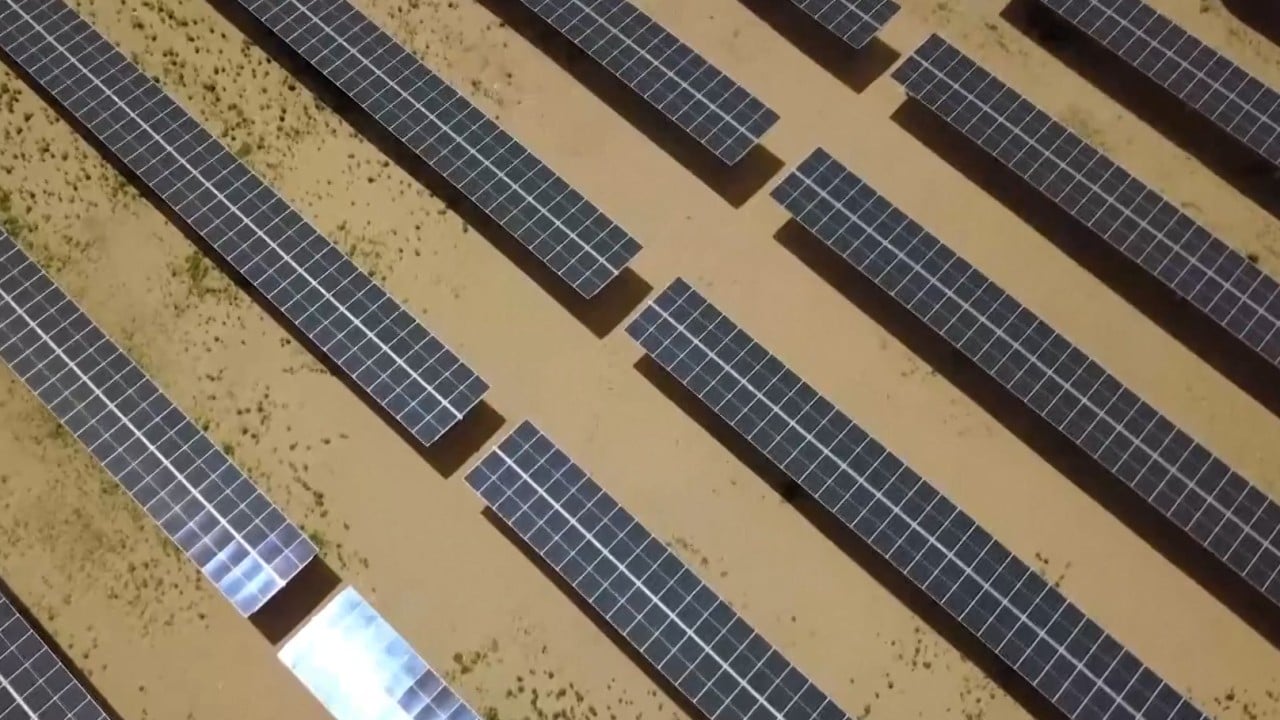
‘Historic breakthrough’: China’s installed wind turbine cost drops to one-fifth of the US in green energy race
- The installed wind turbine cost in China has hit a record low price, dropping 45 per cent since last year
- It is now just one-fifth the equivalent cost in the United States, solidifying China’s place as a global leader in renewable energy
The installation price is now slightly more than 2 yuan (US$0.28) per watt, significantly cheaper than last year’s lowest domestic price of 3.9 yuan per watt.
Meanwhile stateside, the US Department of Energy reported the average installed cost of wind projects in 2021 was US$1,500 per kW, or US$1.50 per watt (10.8 yuan). This marked a drop of more than 40 per cent from its peak in 2010. The costs between 2018 and 2021 stood at around US$1,600 per kW.
In 2022, the average installed cost decreased further to US$1,370 per kW, according to the Land-Based Wind Market Report published in August by the energy department.
How the toy that stumped Einstein is inspiring a Chinese search for clean energy
“[It] is partly attributable to the outsized influence of a single large project in our relatively small 2022 plant sample and to the concentration of wind deployment in 2022 in the low-cost regions of Southwest Power Pool and Electric Reliability Council of Texas,” the report said, referring to the two areas where wind power capacity additions were concentrated.
A WeChat public account following and analysing wind power industry news said the lower cost of the renewable energy source in China had been achieved faster than expected.
“The wind power era of 2 yuan per watt has arrived,” it said.
“This is a breakthrough in the history of China’s wind power cost. But whether it can be achieved safely will take time and joint efforts of the industry.”
It said the new low price “poses both a huge challenge and an unprecedented opportunity” to the Chinese wind power industry.
“If successfully implemented, wind power development in the ‘Three North’ region will double in the future,” it said, referring to northwest, northeast and northern China, which are home to more than 90 per cent of the country’s total wind energy resources.
The scientists found that when there were end-of-year rushes to install wind power before incentives offered by the government expired, electric system reliability was reduced, increasing the annual outage duration.
The difference could grow to 100 per cent by 2028, according to the IEA’s Renewables 2023 report.


